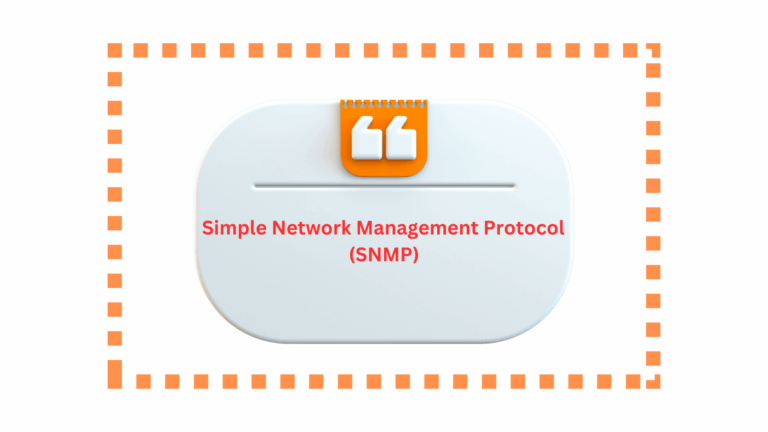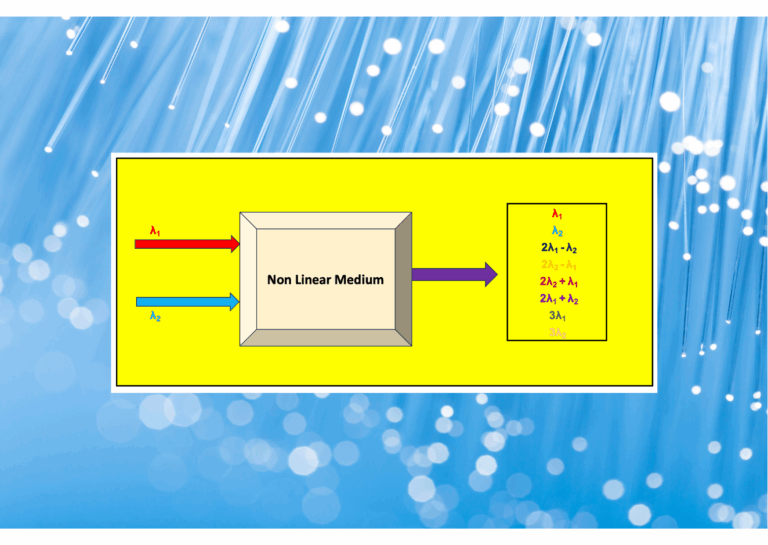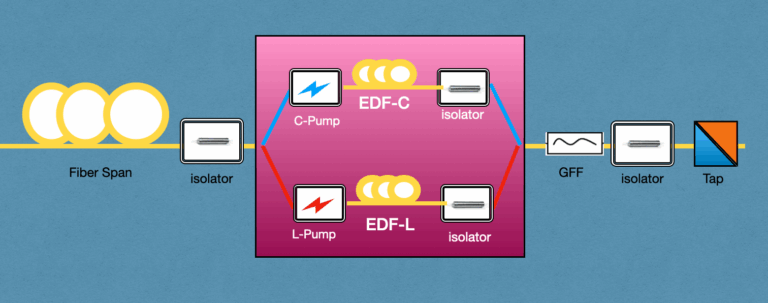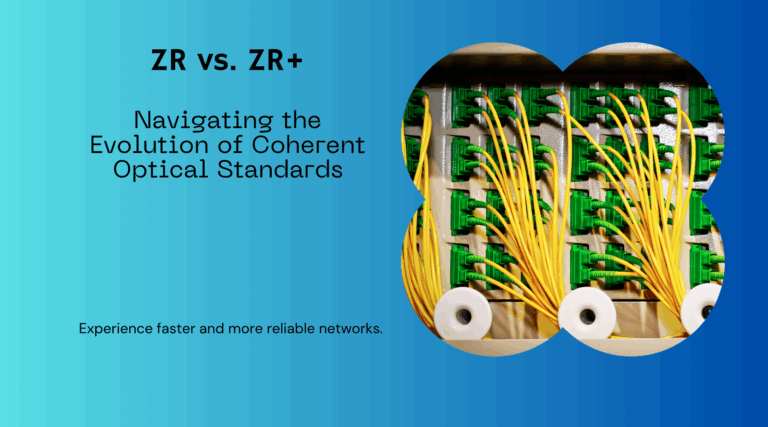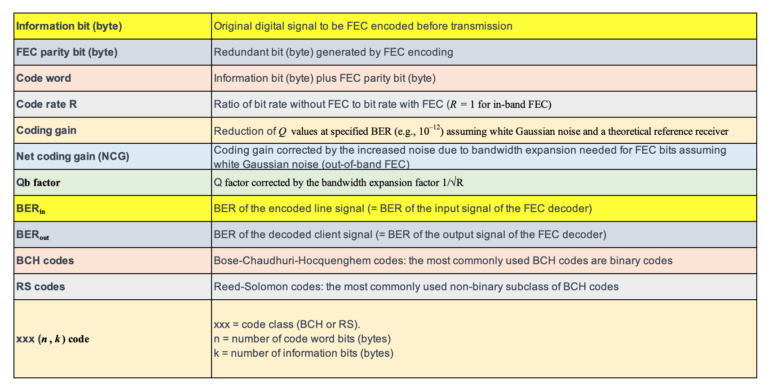HomePosts tagged “Slider”
Slider
Showing 1 - 10 of 24 results
Simple Network Management Protocol (SNMP) is one of the most widely used protocols for managing and monitoring network devices in...
-
Free
-
March 26, 2025
The world of optical communication is undergoing a transformation with the introduction of Hollow Core Fiber (HCF) technology. This revolutionary...
-
Free
-
March 26, 2025
A Digital Twin Network (DTN) is a virtual representation of a physical network, providing real-time analysis, diagnosis, and control of...
-
Free
-
March 26, 2025
In optical fiber communications, a common assumption is that increasing the signal power will enhance performance. However, this isn't always...
-
Free
-
March 26, 2025
Mastering Job Interviews: A Strategic Guide Mastering Job Interviews A Strategic Guide to Showcasing Your Best Self and Landing Your...
-
Free
-
March 26, 2025
Exploring the C+L Bands in DWDM Network DWDM networks have traditionally operated within the C-band spectrum due to its lower...
-
Free
-
March 26, 2025
In the world of fiber-optic communication, the integrity of the transmitted signal is critical. As an optical engineers, our primary...
-
Free
-
March 26, 2025
In this comprehensive exploration of 400G ZR and ZR+ optical communication standards, we delve into the advanced world of Probabilistic...
-
Free
-
March 26, 2025
In the pursuit of ever-greater data transmission capabilities, forward error correction (FEC) has emerged as a pivotal technology, not just...
-
Free
-
March 26, 2025
Optical networks are the backbone of the internet, carrying vast amounts of data over great distances at the speed of...
-
Free
-
March 26, 2025
Explore Articles
Filter Articles
ResetExplore Courses
Tags
automation
ber
Chromatic Dispersion
coherent optical transmission
Data transmission
DWDM
edfa
EDFAs
Erbium-Doped Fiber Amplifiers
fec
Fiber optics
Fiber optic technology
Forward Error Correction
Latency
modulation
network automation
network management
Network performance
noise figure
optical
optical amplifiers
optical automation
Optical communication
Optical fiber
Optical network
optical networking
Optical networks
Optical performance
Optical signal-to-noise ratio
Optical transmission
Optical transport network
OSNR
OTN
Q-factor
Raman Amplifier
SDH
Signal amplification
Signal integrity
Signal quality
Slider
submarine
submarine communication
submarine optical networking
Telecommunications
Ticker

